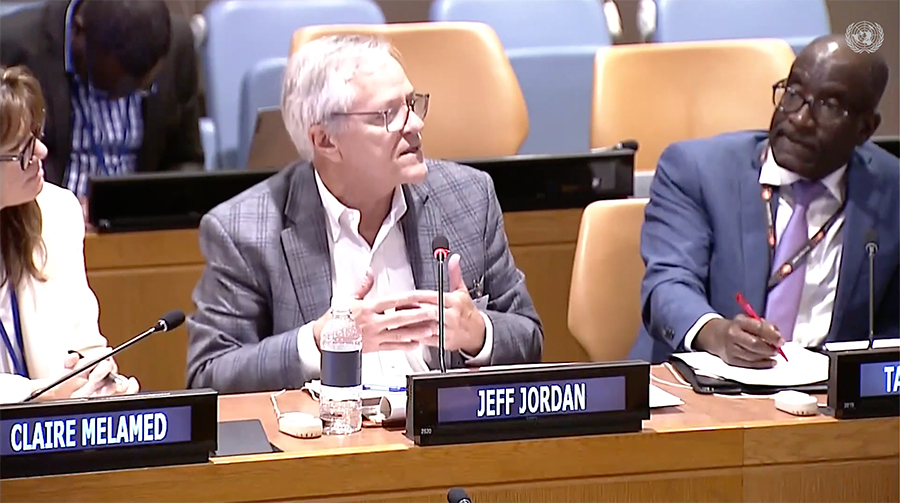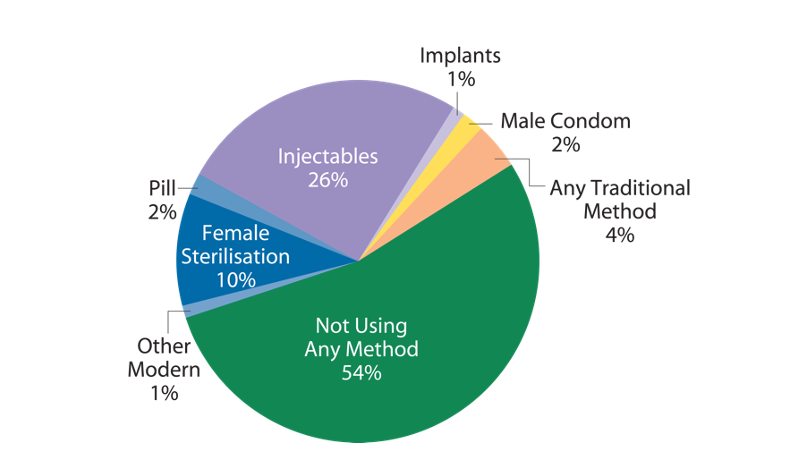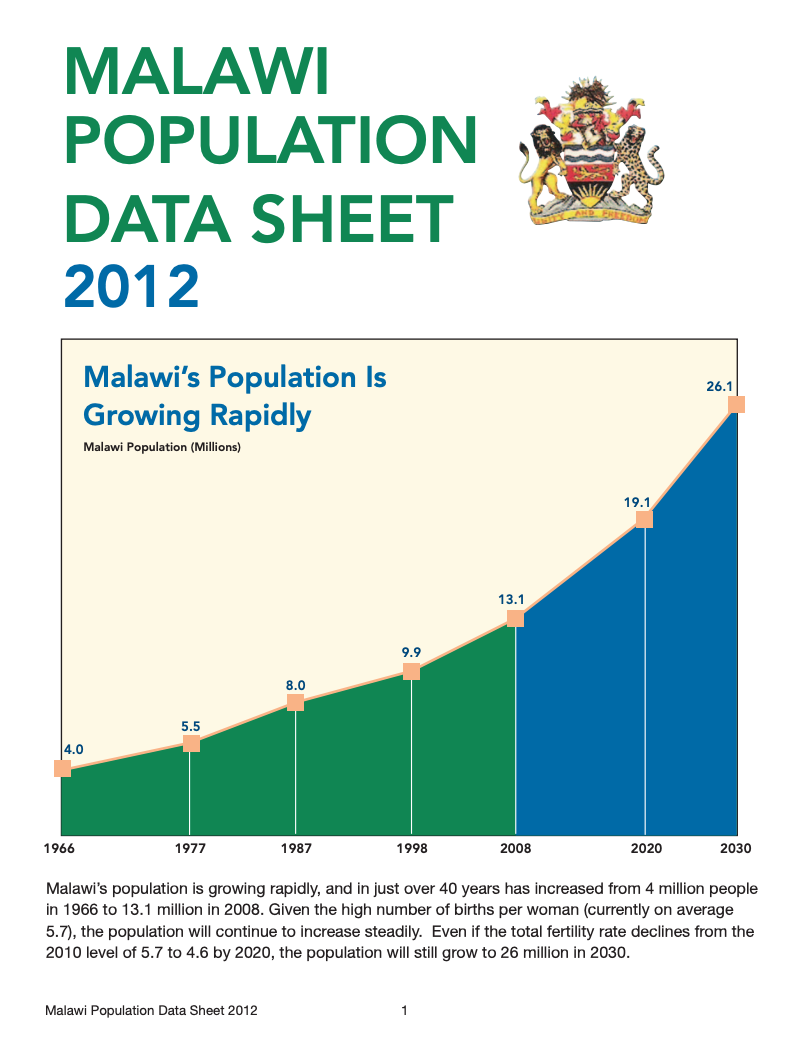167 Search Results Found For : "%EB%B6%80%EC%82%B0%EC%B6%9C%EC%9E%A5%EC%83%B5%E3%80%90Talk:Za31%E3%80%91%EC%8A%A4%EC%9C%84%ED%8A%B8%20%EC%B6%9C%EC%9E%A5%EB%A7%88%EC%82%AC%EC%A7%80%20%EC%88%98%EC%9B%90%EC%A0%84%EC%A7%80%EC%97%AD%2030%EB%B6%84%EB%82%B4%20%EB%B0%A9%EB%AC%B8"

Project: Demography and Economics of Aging and Alzheimer’s Disease
Fact Sheet: U.S. Dementia Trends
As the large baby boomer population ages, the total number of people with dementia in the United States will rise.

PRB CEO Calls For Restoring Public Trust in Data at United Nations Development Event
“If we lose public trust in our data sources, it doesn’t matter the data that we collect,” Jordan said.

Project: IDEA: Informing Decisionmakers to Act
Presentation Slides: Malawi Population Data Sheet 2012 (PDF)

Project: IDEA: Informing Decisionmakers to Act
Data Sheet: Malawi Population Data Sheet 2012 (PDF)

Project: IDEA: Informing Decisionmakers to Act
Malawi Population Data Sheet 2012

Leaders religieux et jeunes engagés pour l’abandon de la pratique des mutilations génitales féminines et la promotion de l’espacement des naissances en Mauritanie
PRB et ses partenaires ont développé une vidéo pour renforcer le dialogue sur la perception de la religion islamique en matière de santé reproductive et du bien-être des femmes et des jeunes en Mauritanie.
Climate Change, Health, and Population Dynamics: A View From Tanzania
As people around the world celebrate the remarkable Paris Agreement to address climate change, there’s a genuine opportunity for countries to act on their financial pledges to help the world adapt to climate change—especially people in developing countries who are most vulnerable.
